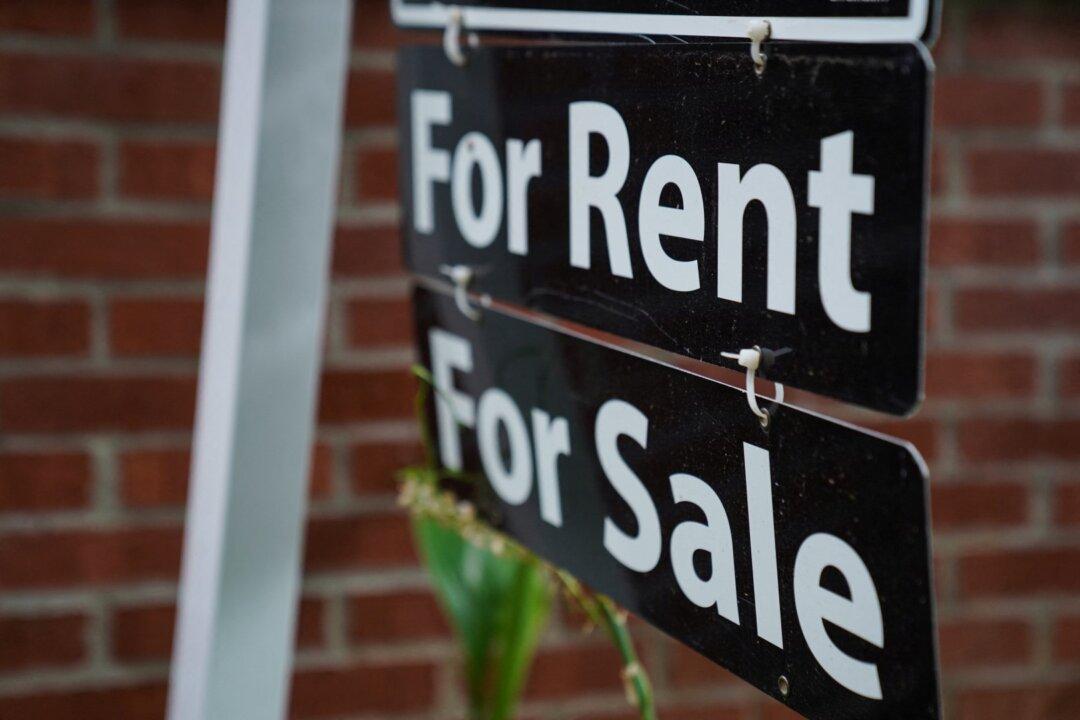Despite rising interest rates and moderating sales activity, the median sales price of homes sold in the United States in the fourth quarter was $467,700, up 10.4 percent from the year-earlier period, according to recent figures from the Department of Housing and Urban Development.
The problem facing the national real estate market is shrinking inventory levels, industry leaders said during a Feb. 9 U.S. Senate Committee on Banking, Housing, and Urban Affairs hearing, titled “The State of Housing 2023.”





